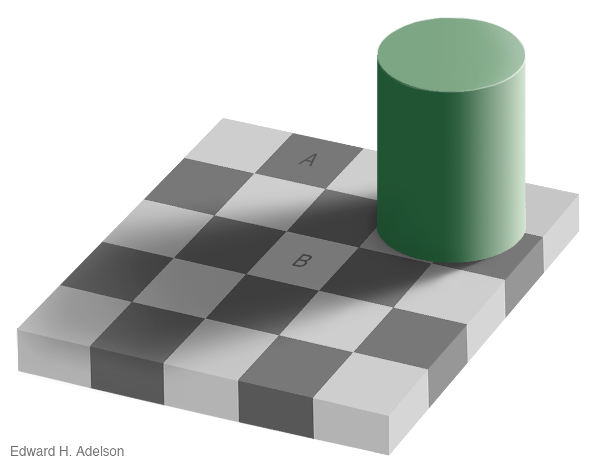An Online Tour of Attachment

Seven stops on the WEB that just might help your relationship in the real world.
Ready? Let's start with the MAP:
Whether your relationship is in goodish to great shape, or at critical mass, here's an article full of really helpful 'ah-ha's' that help us make sense of our emotions and how they play out in our relationships. In her book Hold Me Tight, Dr Sue Johnson shows how decades of research has given us a MAP for understanding and navigating our adult relationships. We don't have to guess! This article gives us a taste of that map, and is full of helpful 'take aways' for right now.
https://www.psychologytoday.com/articles/200812/hold-me-tight
Read it? Great! Hope it made you want to get stuck into the book.
As you think about your own relationship, or a past relationship, what kind of patterns do you notice? Doug Tilley has some terrific resources on his website (http://www.douglastilley.com) that are great starters for helping to identify your own relationship patterns. Look at these two:
Take some time to go through those templates by yourself, or even better – sit down with your partner and go through them together. You may be surprised how much you find you're on the same team when you can see and understand some of the patterns you get stuck in. This is the gift that keeps on giving – the more you can fight those patterns together, the less of a hold they have.
And by all means, if you need a little more time at the website, we won't leave without you....
OK, Ready? Next destination: YouTube. This clip pretty much speaks for itself. The Still Face experiment is one that attachment researchers have used for years to demonstrate just how much our need for human connection is hard-wired. I challenge you to watch it and not feel something! Tune in to what you notice inside your own body as you watch this clip. And please note: no babies were harmed in the making of this clip....
BONUS QUESTION: Do you identify with that feeling of being invisible at times in your own relationship?
If you are someone who gets bigger and louder and protests when that happens (and let's face it – about half of us are...), this adorable clip is just for you.
Now let's take a little detour and look at something that's kind of a take-away to chew on. SPOILER ALERT: it's a fascinating - or maybe disturbing – example of how our brains can give us faulty intel.
Which square (A or B) in this image is the darker of the two?

I'm sure you're ready for me to tell you it's not what it seems... For the full reveal, please go to:
http://persci.mit.edu/gallery/checkershadow/proof
Our brain auto-corrects what we SEE to allow for what it believes it knows (eg, about shadow and light) in order to give us the most accurate perspective.
In the same way, our brains will auto-correct - ie without our knowledge or consent - what we experience in our partners and in our relationships based on what we already believe or suspect (about our relationship, or ourself, or our partner).
If we feel safe with our partner and know he or she is there for us, that we can count on them to have our back, for example, we're more likely to automatically give the benefit of the doubt if we're confronted with something 'iffy'.
But it works both ways!! The flip side of that is that we may be misunderstanding and assuming the worst abotu ourself, or our partner or our relationship without even knowing.
If we're not aware that we may be getting faulty – or outdated – intel from our brains, we may well be cheating ourself of the chance to reboot old ideas that are no longer true or relevant.
Something to think about. Just sayin'....
But to finish our tour, let's go somewhere delightful, and notice just how much our body responds to the emotions of another. Learning how to understand and 'drive' our emotions gives us both a way to navigate away from harmful, hurtful ways of reacting to emotions, and towards joy and love and a feeling of safety. Enjoy!
OK, just one more. Notice your own response.
There's a lot going on inside of us that creates the music of the dance we do with our most important others. And it all tends to start with our emotions. To find out more:
and of course
www.coupleworks.com.au